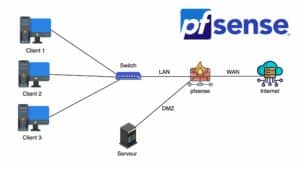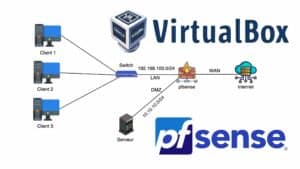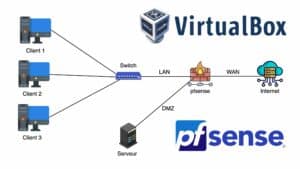When it comes to choosing an open-source firewall to secure your network, two names often come up: pfSense vs. OPNsense. Although they share a common origin, there are important differences between the two platforms. In terms of functionality, performance and community support. In this article, we’ll take a closer look at these differences to help you determine which solution is best suited to your needs.
pfSense :
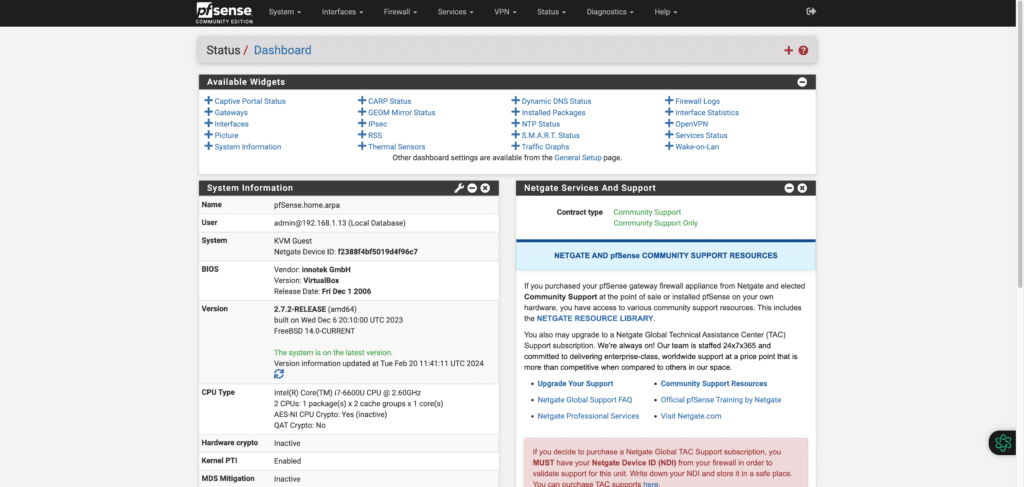
Origin and history :
pfSense is an open-source firewall based on FreeBSD, created in 2004 as a fork of m0n0wall. It is maintained by Netgate and benefits from a solid base of users and contributors.
Key features :
pfSense offers a wide range of security and routing functions. This includes packet filtering, VPN, VLAN support, load balancing, and much more.
Its intuitive user interface makes it a popular choice for users of all levels.
Community and support :
With an active community and extensive documentation, pfSense offers robust support for both novice and experienced users. Netgate also offers commercial support services for professional deployments.
Read also: 10 best open-source firewalls to secure your network
OPNsense :
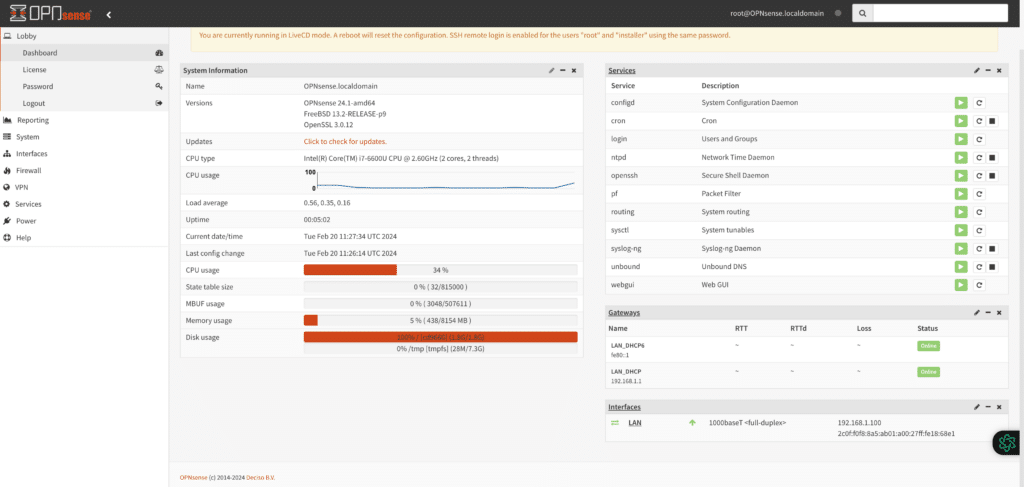
Origin and history :
OPNsense is a fork of pfSense, launched in 2015 in response to community disputes over pfSense development and governance. It is maintained by Deciso B.V. and benefits from an active community of contributors.
Key features :
OPNsense offers similar features to pfSense, with a particular focus on advanced security. This includes intrusion detection (IDS/IPS) and content filtering.
Its modernized user interface and extension management features make it an attractive alternative.
Community and support :
Although more recent than pfSense, OPNsense has an active and growing community. As well as full documentation. Commercial support options are also available for professional deployments.
pfSense vs OPNsense
Here is a comparison between pfSense and OPNsense in a table:
| Characteristic | pfSense | OPNsense |
|---|---|---|
| Operating system type | FreeBSD-based | FreeBSD-based |
| User interface | Intuitive, user-friendly web interface | User-friendly web interface |
| Community | Large community of users and developers | Active community of developers and users |
| Key features | Web filtering, intrusion prevention, VPN support, VLAN management, etc. | Web filtering, intrusion prevention, VPN support, VLAN management, etc. |
| Privacy policy | Transparent, respectful of privacy | Transparent, respectful of privacy |
| Customization | Highly customizable, but may require more initial configuration | Highly customizable, but may require more initial configuration |
| Sales support | Available via Netgate | Available via Deciso |
| Licence | Open-source software under Apache license | Open-source software under BSD license |
| Updates and support | Offers updates and commercial technical support, as well as community support options | Offers updates and commercial technical support, as well as community support options |
| Integration with other services | Compatible with a wide range of third-party hardware and software products | Compatible with a wide range of third-party hardware and software products |
| Performance | Recognized stability and performance | Recognized stability and performance |
| Plugins | Less | Several |
Conclusion
Ultimately, the choice between pfSense and OPNsense will depend on your specific network security needs. Whether it’s your experience or your personal preferences. PfSense offers a proven solution with a broad user and support base. While OPNsense offers advanced security features and a more modern development approach. Whatever you decide, both platforms offer solid options for securing your IT network.

